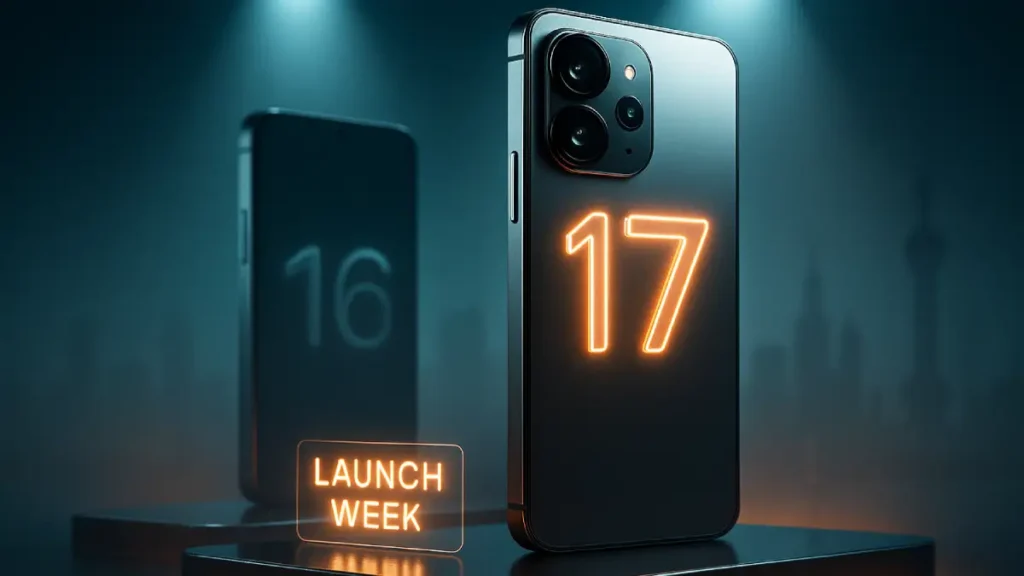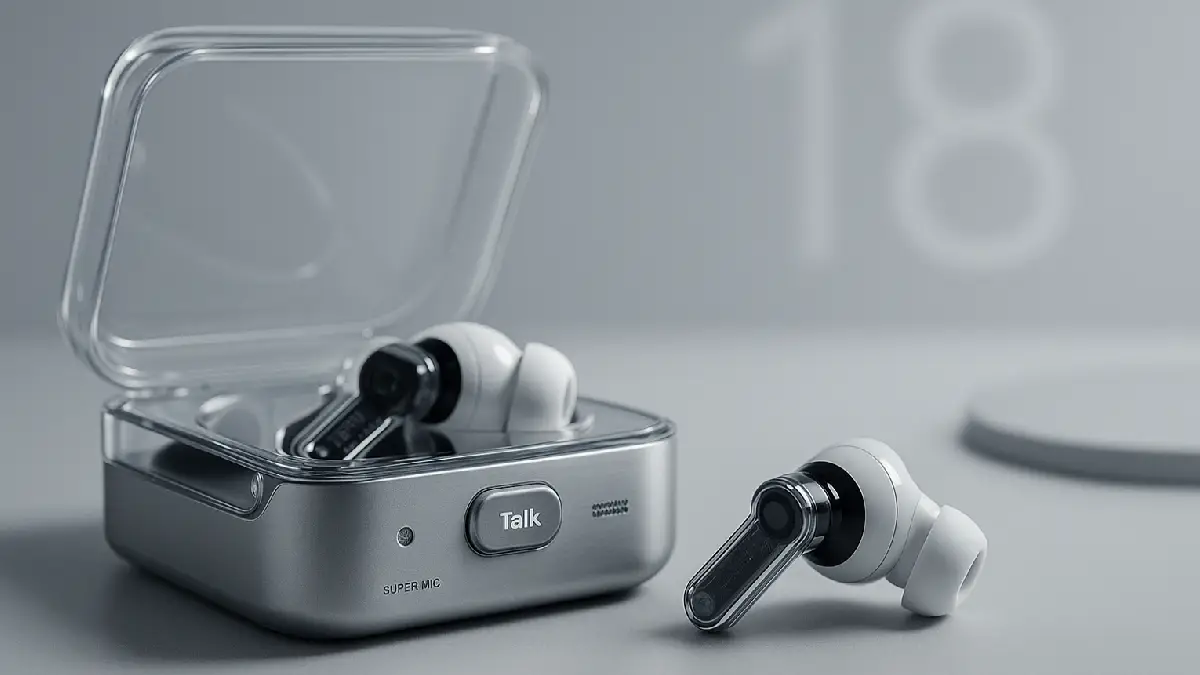Xiaomi isn’t launching a “16” at all—the next flagships are the Xiaomi 17 series, timed and branded to go head‑to‑head with Apple’s iPhone 17 lineup. The company frames this as a generational leap and a competitive signal at the very top end of the market, but the real question is whether this is savvy strategy or a branding shortcut once devices hit pockets rather than headlines.

Why skip “16” now?
- Competitive framing: Leadership openly positions the 17 series alongside iPhone 17, arguing the leap reflects a “major generational” moment in its push into premium and makes head‑to‑head comparisons obvious for buyers and media. That’s both bold and unusually transparent for smartphone branding decisions.
- Timing as a tell: Launch timing appears accelerated to meet Apple in the same news cycle, compressing attention funnels and comparison shopping. Being seen “on par” in name and timing can materially affect consideration in China’s heated premium market.
- Not the first jump: Xiaomi has skipped a number before (Mi 7 to Mi 8) to mark an anniversary, so the tactic isn’t unprecedented. The rationale now, however, is competitive parity rather than commemoration, making this a market share maneuver, not nostalgia.
Is this just marketing?
- The specs backbone: The lineup—Xiaomi 17, 17 Pro, and 17 Pro Max—is slated to debut Qualcomm’s latest top‑tier Snapdragon, signaling genuine performance positioning across all three trims. That’s a real silicon stake in the ground, not just a name swap.
- Feature posture: Early guidance suggests big battery capacities and a possible secondary display on the Pro Max, pushing endurance and novelty beyond simple renaming. If those land at stable weights and thermal envelopes, that’s substance users will feel daily. [Insert specific battery capacities here once official.]
- Price discipline: Leadership hints at holding base‑model pricing comparable to the prior generation despite upgrades. If honored, that turns the move from optics into an undercut strategy against iPhone’s premium pricing gravity. [Insert confirmed regional pricing here.]
The contrarian case: risks and realities
- Number parity ≠ mindshare parity: Matching Apple’s number doesn’t erase ecosystem lock‑in, retail presence, or brand power—especially outside China. Services, resale values, and accessories are structural advantages not bridged by a generational label, even with strong silicon and specs.
- Three‑tier stack without an Ultra: Initial chatter points to 17, 17 Pro, and 17 Pro Max at launch, notably without an “Ultra” (at least initially). That leaves a perceived “halo gap” for photography‑first buyers unless Pro Max truly delivers a knockout imaging and design package.
- Naming symmetry cuts both ways: The more Xiaomi mirrors Apple’s naming, the clearer comparisons become on camera consistency, long‑term software support, and accessories. If strengths don’t show up in everyday photos, battery longevity, and 3–5 year update cadence, parity branding can spotlight where parity hasn’t arrived yet.
Why this could still be a masterstroke
- Capturing the “window of switch”: The first two weeks after iPhone announcements are prime for switcher psychology. Launching 17 within that cycle invites side‑by‑side coverage and retail trials, bolstered by aggressive specs and, potentially, aggressive trade‑ins in China.
- Silicon leadership halo: Being first on the newest Snapdragon lets Xiaomi claim performance leadership narratives—especially for gamers and power users who track frames, thermals, and sustained performance. These communities are highly influential in Android purchasing decisions.
- Premium march with public accountability: Leadership has explicitly tied the skip to a multi‑year premium strategy and pledged expanded R&D. By publicly saying “we’re ready for iPhone,” the company raises stakes—inviting scrutiny, yes, but also focusing the organization on execution where past cycles sometimes scattered.
What to watch at launch
- Camera system maturity: Can 17 Pro/Pro Max deliver consistent color science, low‑light performance, and fast, accurate AF/AE across lenses? A “compact imaging flagship” promise must translate into reliability in daily use. [Add comparative samples vs peers after launch.]
- Thermals with larger batteries: Big batteries plus top‑tier SoCs can get heavy and hot; efficiency tricks, cooling designs, and charging curves will determine whether these phones feel premium after extended gaming or 4K video capture. [Insert tested temps and throttling curves post‑review.]
- Software cadence and longevity: If Xiaomi ties the “17” moment to a concrete long‑term update policy and visible polish in day‑one firmware, the flagship credibility narrative solidifies beyond spec sheets and naming. [Insert official software support timelines when announced.]
Verdict
Skipping “16” isn’t a magic trick that summons market share, but paired with earlier timing, first‑wave silicon, and a sharpened three‑model stack, it’s more than cosmetic. The number jump earns permission to be compared to iPhone 17; the real test is whether imaging, battery life, thermals, and software polish make those comparisons favorable in hand, not just in headlines.




